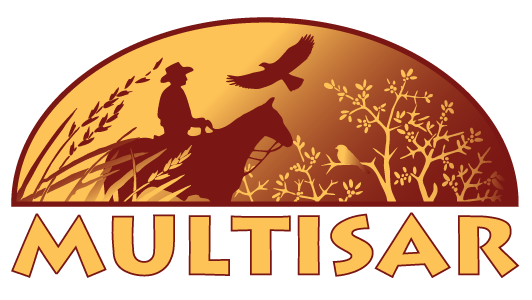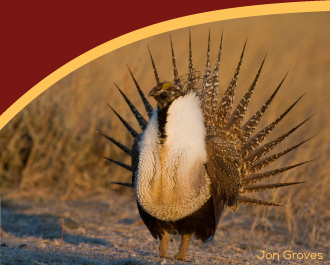Who is responsible for Species at Risk, the federal or provincial government?
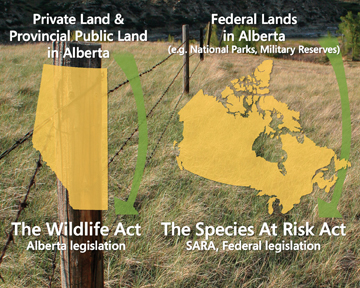 In Alberta the provincial government has responsibility for Species at Risk, except on federal lands such as National Parks, military reserves and First Nations reservations. On private land, and Alberta’s public lands the Government of Alberta is responsible for Species at Risk, as established by the Natural Resources Transfer Act of 1930.
In Alberta the provincial government has responsibility for Species at Risk, except on federal lands such as National Parks, military reserves and First Nations reservations. On private land, and Alberta’s public lands the Government of Alberta is responsible for Species at Risk, as established by the Natural Resources Transfer Act of 1930.
Alberta’s Wildlife Act designates Endangered and Threatened species, and provincial recovery plans direct management of those species.
For more information about Alberta’s Species at Risk Strategies click here.
If Species at Risk are found on my property, can the government take control of my land?
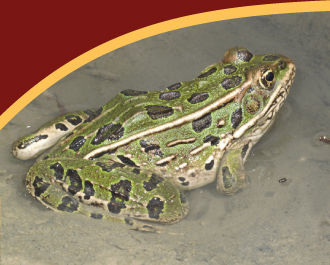
Species at Risk are managed effectively through voluntary stewardship programs, such as those provided by MULTISAR.
No. Alberta’s Wildlife Act does not provide authority to take control of private lands. The Alberta government has a long record of working cooperatively with landholders on wildlife conservation matters. The federal Species at Risk Act (SARA) emphasizes voluntary stewardship and not direct government control of Species at Risk management.
However, as a last resort there is a “safety net” clause in the federal act which can force federal-provincial negotiations towards federal takeover of management of species at risk, but only if the provincial government cannot demonstrate effective conservation of Species at Risk. Participation in MULTISAR programs helps landholders and the provincial government demonstrate that Species at Risk are being managed appropriately.
How do I know if I have “critical habitat” or not?
The term critical habitat is used to describe habitat that is necessary for a wildlife species to continue to thrive. Depending upon the species it could include nesting or denning areas, wintering ranges, critical migratory corridors, breeding ponds, or many other areas. “Critical habitat” is described in the federal Species At Risk Act as necessary habitats for species at risk to survive. Critical habitat is being defined for each Endangered or Threatened species in their respective recovery plans.
If you have critical habitat, as described in a recovery plan you will be informed, and invited to participate in voluntary measures to provide conservation for the species. If changes in your land management practices are needed or if the cost of maintaining your operation increases, assistance and incentive programs are available to assist you in implementing those voluntary measures. If you have critical habitat on your land, MULTISAR can provide advice in seeking conservation partners and assistance to the landholder with funding applications.
What will happen if I harm or kill a Species at Risk (accidentally or not)?
Endangered and Threatened species are protected under Alberta’s Wildlife Act. If you purposely harm or kill one, it is likely that you will be charged under Alberta’s Wildlife Act. If the species is a federally listed species, it is also protected under the federal Species At Risk Act.
Where regular activities result in the inadvertent killing of an Endangered or Threatened species, there would not likely be any action against the landowner. Knowing and using beneficial management practices, as provided by MULTISAR, can demonstrate your diligence in doing the right thing and could provide you with an extra measure of protection in such circumstances.
If I have Species at Risk on my native range and I want to convert it to cultivated land, will the government stop me?
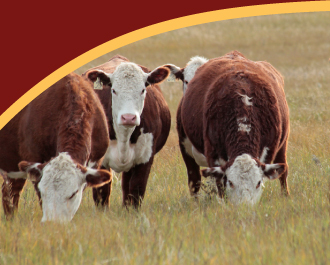
Much of the remaining native grasslands in Alberta have low production capabilities. Left uncultivated and used for grazing, it benefits both producers and Species at Risk.
On private land you can make your own decisions. However, about 80% of Alberta’s Species at Risk occur in native prairie habitats. Therefore, this is the highest priority habitat and we strongly encourage you to continue to manage it as native range, rather than cultivating it. Remaining native grasslands often have low production capabilities and have not been cultivated in the past for that reason. MULTISAR is exploring incentives to encourage private landowners to retain native habitats such as native grasslands.
Will I get in trouble if I have SAR on my land but I don’t tell anyone?
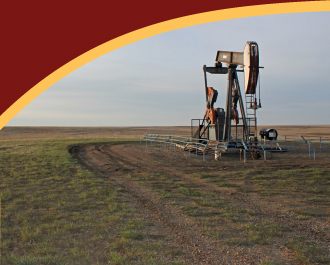
Knowing that you have Species at Risk on your land and where they live can assist in the proper siting, access and reclamation of industrial activities.
No, there is no legal requirement to report Species at Risk on your land. However, we encourage you to do so. You may be pleasantly surprised with the resources that may become available to you when you identify the presence of Species at Risk on your land.
When industrial developments are proposed on your land, prior knowledge of Species at Risk will help regulatory agencies to avoid negative impacts on the species and their habitat. Experience has shown that the pre-planning required when Species at Risk are in an area is often beneficial to the landowners, as it results in more attention to site selection, access management, and reclamation.
If I tell someone I have Species at Risk on my land what happens next?
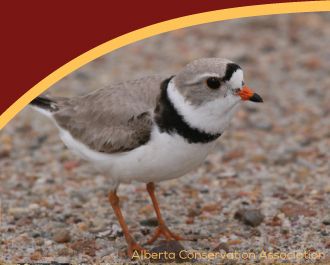
The Piping Plover Project is an example of a single species project.
Maybe nothing. You may be asked to allow a Species at Risk survey on your land. You could also be invited to voluntarily participate in Species at Risk conservation through MULTISAR or a single species project (e.g. the Piping Plover Project).
Who do I call if I have SAR on my land and I want to report it?
You should contact Alberta Environment and Protected Areas. Either the District Office or a regional Species at Risk Biologist:
Lethbridge Research Centre, 2nd Floor
100, 5401 – 1 Avenue South
Lethbridge, AB T1J 4V6
p. 403-795-4013
Room 301 Provincial Building
346 – 3 Street S.E.
Medicine Hat, AB T1A 0G7
p. 403-382-5202

